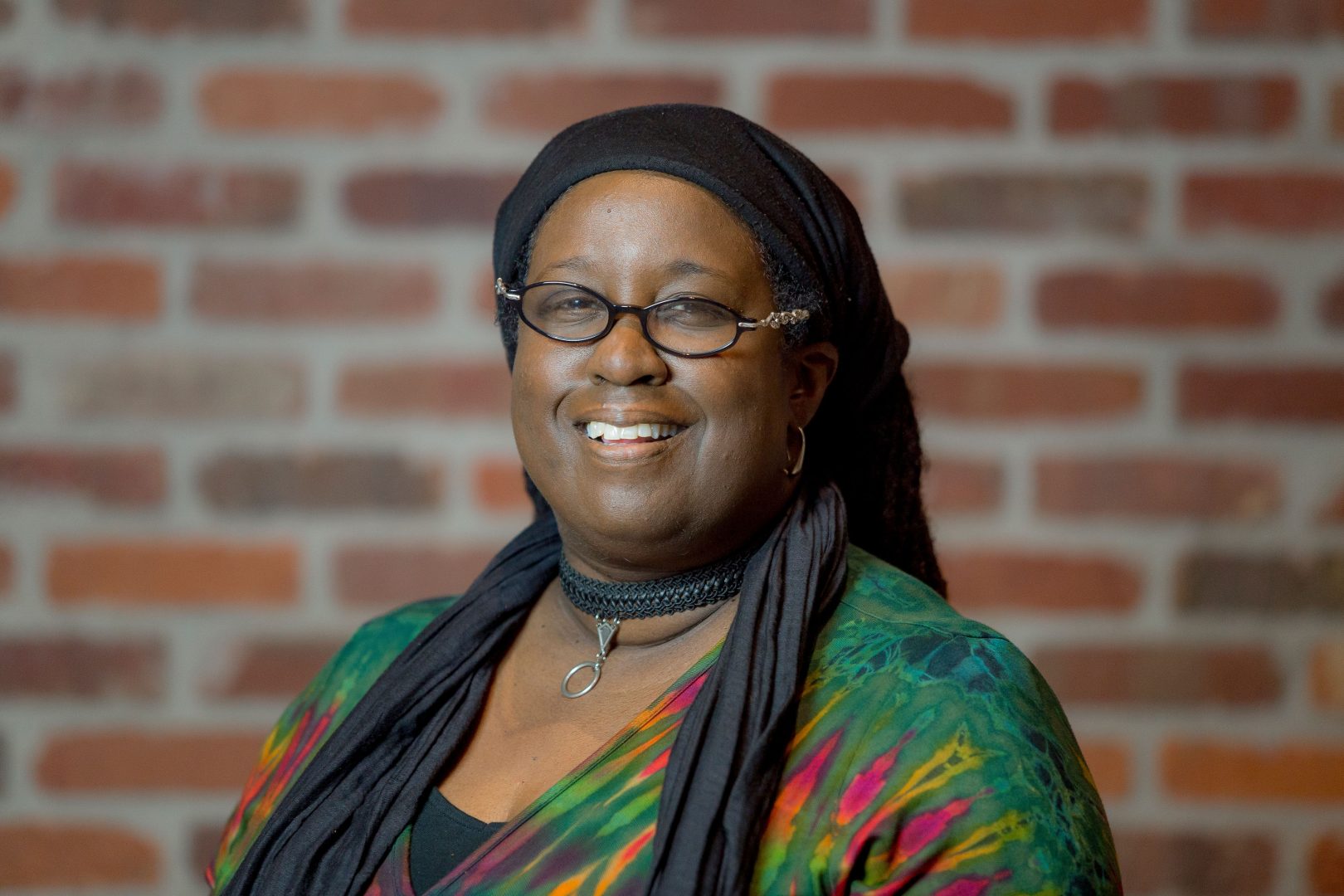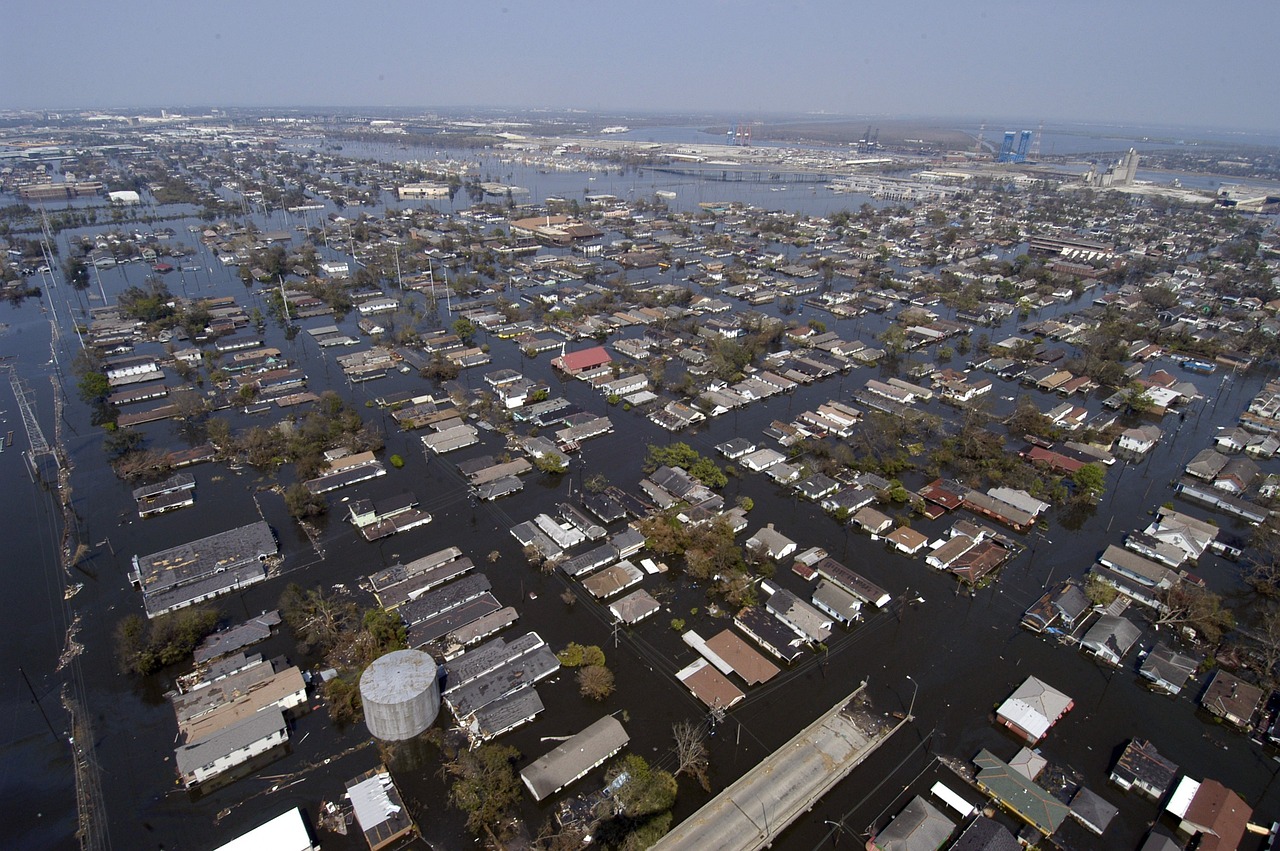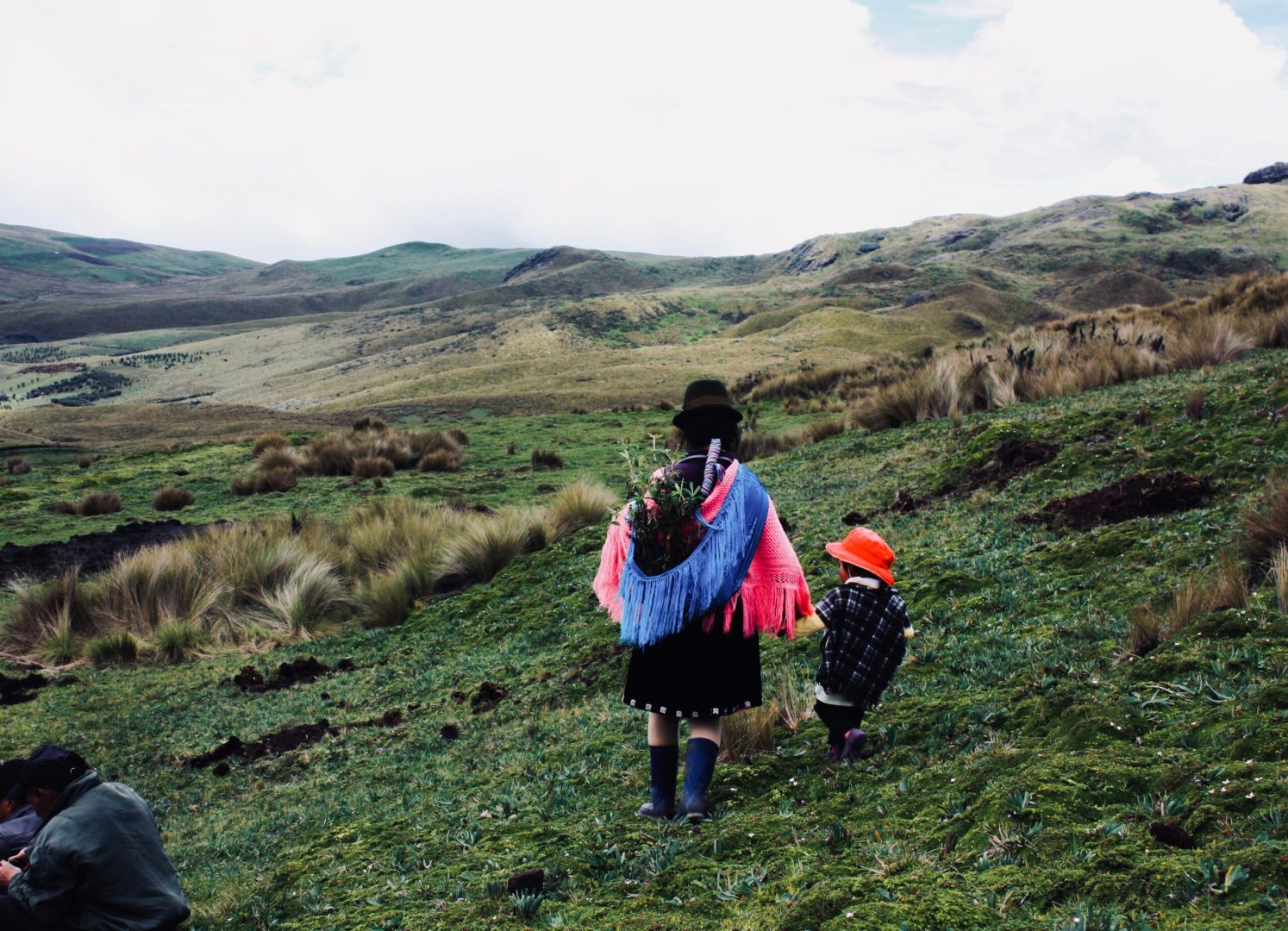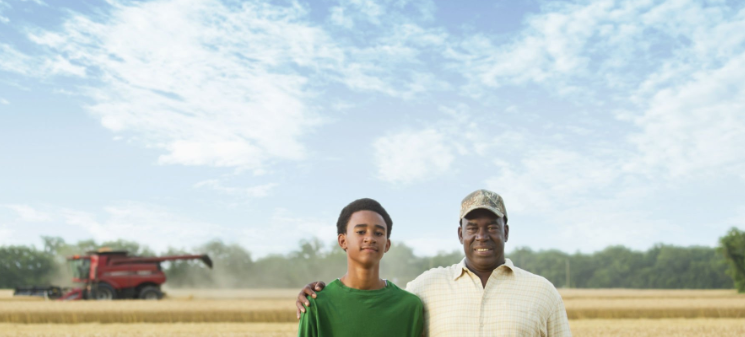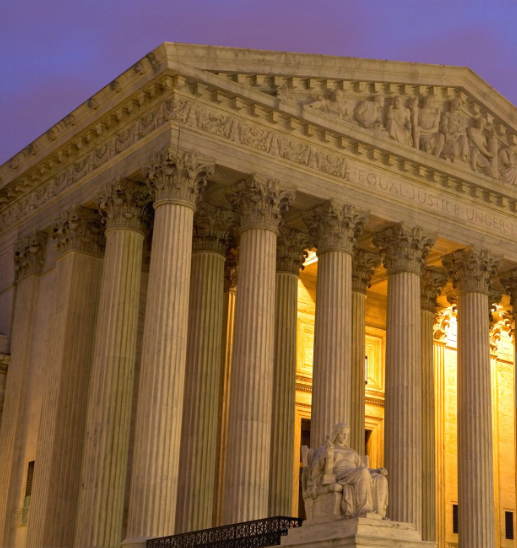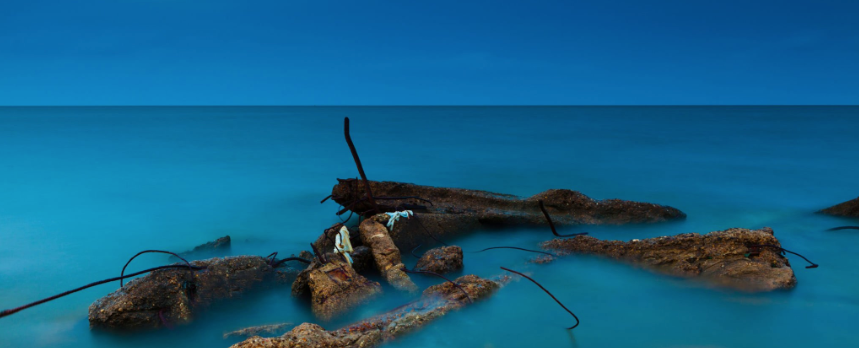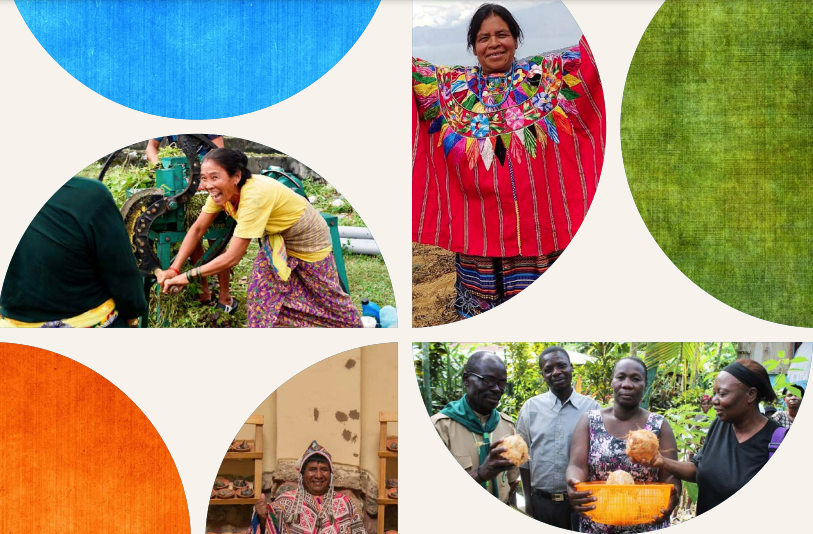Defining the Climate Continuum in the Context of Cyclical Black Displacement
From the Trans-Atlantic human trafficking massacre to the impacts of the current climate crisis, a consistent thread in the story of Black people in America is displacement and forced migration. These are not disparate incidents but directly interconnected actions rooted in systemic racism.
In the same way as we view the inextricable historic underpinnings of the plight of Black Americans, we must see the systemic roots of climate change through the same lens as a continuum from the drivers of climate change to the impacts being experienced today.
As such, a review of the relationship between displacement/migration and climate change includes the abuse of the environment that also harms Black communities and encompasses the disproportionate impacts on Black communities when the earth fights back, as manifested through catastrophic climate change.
The Elusiveness of “Home” Has Characterized Black Existence in the United States
From the time we were taken from our lands, our homes, our families, our culture, and what would have been our generational wealth, to then become the generational wealth of settler colonialists and their progeny, we have lived an existence with displacement at its foundation. Post emancipation the properties that were available to us were the land that was hardest to farm. And we were not provided the land grants that White Americans had access to in the 1860s and beyond, such as the Morill and Homestead Acts. From anticipation onward, Black communities had extreme housing and land insecurity and substandard quality. By design.
Pollution is a direct driver of both climate change and Black displacement.
Greenhouse gas emissions, driven by energy production and manufacturing industries that are more concerned about profits than people and planet, are responsible for the climate crisis. At last count, 71% of Black Americans lived in counties in violation of federal air pollution standards and an African American family with household earnings of $50,000 was more likely to live next to a toxic facility than a white American family with earnings of $15,000. As a result, Black Americans are more likely to breathe contaminated air, live on toxic soil, drink poisoned water, and be displaced from unlivable conditions.
- Mossville, Louisiana is located in the area that has come to be known as “Cancer Alley”. Over many years, Mossville has been inundated with industrial activity and its accompanying extreme pollution. This has resulted in cancer of epidemic proportions and eventually, a buyout of this community, at a egregiously unfair rate for the Black residents, and the creation of a “ghost town”.i
- Historic soil contamination spanning decades in East Chicago, Indiana resulted in the forced relocation of over 1200 people after the soil in the community found to have lead levels upwards of 30x allowable levels and the blood tests of 31% of the children in the community revealed concerning levels of lead. ii
- After the poisoning of the Flint, Michigan river by manufacturing industries and the subsequent poisoning of the Flint water supply, the city’s population has dropped 21% and reached its lowest point in more than 100 years, according to the results of the 2020 U.S. Census. iii
As Black People, we continue to be forced from our native lands due to greed via climate impacts
From the images of Haitian people being chased by US border patrol agents who used their reins as whips to the images of immigrants from various African nations stuck in Mexico in substandard conditions, one can glean the desperation that drives people from disaster stricken, drought ravaged, or otherwise uninhabitable circumstances to seek refuge in the United States. Seven of the nations most vulnerable to climate impacts are countries inhabited primarily by Black people. The United States is 4 percent of the global population yet it’s responsible for 25% of the emissions that drive climate change. Yet when it comes to offering sanctuary in this land of plenty, we have some distance to follow to live up to the value implied in “Give me your tired, your poor, your huddled masses….”
At the Holding Institute in Laredo Texas, which provides services to hundreds of immigrants per day, the director, Pastor Mike, shares that the majority of people who come into their care have left their countries due to the drying of the breadbasket due to climate change. The people crossing the Mexico border are not only from Latin America, but also include people who emigrated from nations in Sub Saharan Africa because it is easier to enter the US through the Mexico border.
Marie and her sister Jean live in Maryland. They are originally from Cameroon. Marie speaks with great sadness of how her sister came to be in the United States. When Jean’s farm dried up due to climate change driven drought, and she was unable to earn a livelihood and feed her family, she engaged in a risky border crossing. While crossing the border she was sexually assaulted and became HIV positive. Eventually she made it to the United States, but the path was one of trauma and tragedy. The uncertainty she faces as someone who is undocumented means that insecurity and vulnerability persist.
“No one puts their child in a boat, unless the water is safter than the land,” Excerpted from “Home” a poem by Warsan Shire, a Kenyan Born Somali Poet.
Black Farmers Have Lost 90% of Land We Owned in 1910—And Now, Climate Change
By 1997, Black farmers lost more than 90 percent of the 16 million acres they owned in 1910, due to lack of access to financing.iv Black American farmers lost roughly $326 billion worth of acreage during the 20th century, according to the first study to quantify the present-day value of that loss.v At this point, only 2% of farmland, across the entire United States, is owned by Black Americans.vi And climate change is further deepening risk for farmers. “Global warming does not discriminate, but the system that prepares farmers for it does.”vii
Outside of Birmingham Alabama, Denise, a Black farmer, fears for the future of farming along the Black Belt as she and her fellow growers do not have the means to install complex irrigation systems or take other measures necessary to mitigate the impact of climate change on their crops.
The Seas Are Rising. The Lands Are Becoming Inundated. Black Communities Are Being Displaced.
Black Americans are more likely to live in coastal states and cities. Though Black households are less likely to be waterfront properties, they are more likely to be in low lying areas that are prone to flooding. As these communities face chronic flooding, neighborhoods are being displaced. And those who are fortunate enough to live in areas that aren’t being flooded, are being displaced as owners of waterfront properties are moving inland to escape inundation by the rising seas. Besides often being deprived of stormwater management infrastructure, Black communities also face inundation when development hampers natural protections such as wetlands.
“That oil refinery shouldn’t be here. That road shouldn’t be here. My house shouldn’t be here. Mother Nature is mad, and she has come to reclaim her land.” Resident of Port Arthur, Texas as she looked out over the floodwaters and the ravages of Hurricane Harvey.
A housing complex in an area in Lee County Florida that is dubbed, “Little Haiti” because of the proliferation of Haitian residents, was severely damaged by Hurricane Michael. Unlike other communities that received help, this housing complex were provided little assistance. Local leaders were convinced that it was because there was an intention to starve people out of that land as it was prime real estate. Near the water but not flood prone. They were convinced that the aim was to provide no assistance to this community in hopes that people will leave, paving the way for take over and redevelopment of the property at a hefty profit.
Spoken word artists and survivors of Super Storm Sandy, Naima Penniman and Alixia Garcia of Climbing Poe Tree in speaking of sea level rise, disaster capitalism, and displacement asserted, “They are selling the rain. They are leasing the rivers. They are auctioning off the ocean to the highest bidders. As giant chunks of ice dislodge from the North Pole. There is disaster profiteering from the torrential storms and the wrath of global warming. Who gets paid to rebuild? And who will they rebuild for?”
In the Eye of The Storm: Black Communities Are Caught in the Climate Driven Disasters’ Crosshairs
Due primarily to compromised housing stock, storms tend to cause greater damage and loss in Black Communities. Displacement happens when access to resources, such as homeowners’ insurance, is lacking and recovery resources are insufficient for filling the gap, thereby rendering people unable to garner the means to re-establish themselves. Lower-income Black populations are also more likely to be renters and lack the financial resources to rebuild in places where disasters strike, making them more likely than white people to be displaced from their homes.
Disaster driven displacement of people can also lead to gentrification when displaced residents are unable to return to their homes or neighborhoods and are replaced by higher-income residents. Disasters can also accelerate the process of gentrification by creating opportunities for real estate speculation and development. After a disaster, developers may be attracted to areas with lower property values, leading to an influx of investment and higher housing costs that displace existing residents.
Climate Action: When Purportedly Good Intentions Backfire for Black Communities.
Urban Renewal programs dating back to the 80s were derisively dubbed “Negro removal” as these projects resulted in displacement of Black communities. Similarly, efforts including the community development block grants ended up being a windfall for developers but losses for communities. Without centering community driven planning and decision making for climate action planning, Black communities face similar risks, given the myriad vulnerabilities already detailed here.
“In Brooklyn, New York, various sustainability projects, including park cleanups, riverbank restorations, and the transformation of a toxic industrial canal into the “Venice of Brooklyn,” have all sought to improve the quality of life and environmental health of communities in the densely populated borough. But these environmental improvements have helped fuel affordability challenges. Rental prices have increased disproportionately around Prospect Park, which underwent a $10 million restoration beginning in the 1980s. A recent geospatial analysis found that housing around community gardens in Brooklyn catered primarily to higher-income residents.”viii
Another illustrative example is the unintended harm that can be caused by programs such as FEMA Flood Risk Mapping, which is ostensibly intended to identify areas of risk and provide resources to ensure that communities located in flood plains can relocate to safety. In the case of Sandbranch, Texas, a predominantly Black community 14 miles south of Dallas, FEMA declared the community to be in a 1% flood zone. The community has never been flooded since its inception in 1865. This designation has been used to displace residents in this unincorporated area after county officials have denied the community access to basic resources to make the community livable, including running water and trash pick-up. As a result, reportedly, after assessing the property values, which are exceedingly low given lack of basic services, and subtracting an assessed amount for demolition the homes on the property, community members have been offered checks for $350 for their properties. Out of desperation after suffering under such conditions, some have taken the offer and, in effect been forced out by making their community unlivable. Meanwhile, after the sale, when one reviews property values, in some cases they have quadrupled, leading to speculation that there are other plans afoot for the land the community occupies.
Displacement Leads to Ripple Effects for Impacted Black Communities:
Socio-Cultural Erosion
Displacement driven by gentrification or otherwise disrupts the familiar and established ties of a place, creating a disorienting new locale. For people displaced as the neighborhood becomes unaffordable, this is more than just nostalgia or discomfort with the unfamiliar. Often, they must accept longer commutes and separation from the support structures provided by old neighbors and family.
Violence Against Women
Post disaster displacement and the relief and family unification systems can put women who have escaped their abusers at renewed risk. Crowded living conditions in temporary shelters in the aftermath of a disaster can result in women and girls being forced to live with strangers in relatively insecure settings, which can increase the risk of violence and sexual assault. Post disaster increase in stress and trauma can exacerbate existing tensions and conflicts within households and communities, leading to an increase in violence against women as a way of exerting power and control. Loss of livelihoods and economic insecurity can also increase the risk of violence against women as they are forced to rely on men for financial support or engage in transactional sex to meet basic needs, putting them at greater risk of exploitation and abuse.
Redistricting and Gerrymandering
Displacement due to disasters impacts redistricting resulting from the shifts in population distribution. As population numbers change, some take advantage and, in a bid to institutionalize compromised democracy, they will redraw district boundaries to consolidate power. This practice, called gerrymandering, exacerbates the already existing political marginalization of frontline communities. Even the distribution of disaster recovery resources can be impacted as communities are compromised in their ability to advocate for fair and equitable distribution.
Systemic, Intersectional Challenges, Rooted in Racism, Require Multi-Solving Models
Any tactic that occurs within the context of a racist, extractive economy will be a band aid at best because it will be happening in a system that is designed to continue to harm, objectify, instrumentalize, and displace Black communities. As such, the only real solution is complete systems change, shifting from an extractive economy to a regenerative/living/solidarity/caring economy.
Jacqueline Patterson is the Founder and Executive Director of the Chisholm Legacy Project.

More Responsive Philanthropy
